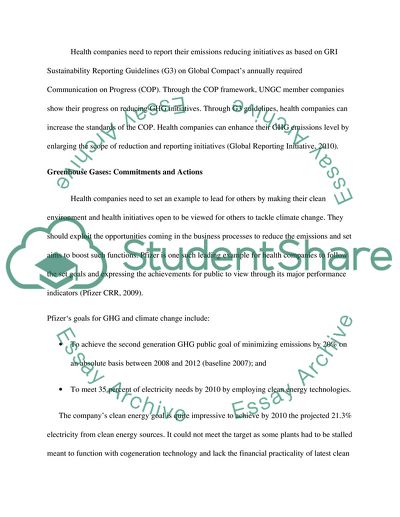Cite this document
(Emissions of Gases in Health Companies Research Paper, n.d.)
Emissions of Gases in Health Companies Research Paper. Retrieved from https://studentshare.org/health-sciences-medicine/1735688-emissions-of-gases-in-health-companies
Emissions of Gases in Health Companies Research Paper. Retrieved from https://studentshare.org/health-sciences-medicine/1735688-emissions-of-gases-in-health-companies
(Emissions of Gases in Health Companies Research Paper)
Emissions of Gases in Health Companies Research Paper. https://studentshare.org/health-sciences-medicine/1735688-emissions-of-gases-in-health-companies.
Emissions of Gases in Health Companies Research Paper. https://studentshare.org/health-sciences-medicine/1735688-emissions-of-gases-in-health-companies.
“Emissions of Gases in Health Companies Research Paper”, n.d. https://studentshare.org/health-sciences-medicine/1735688-emissions-of-gases-in-health-companies.


